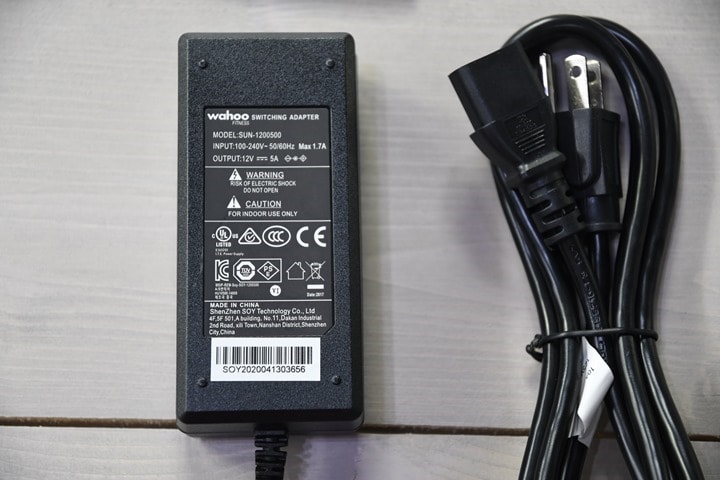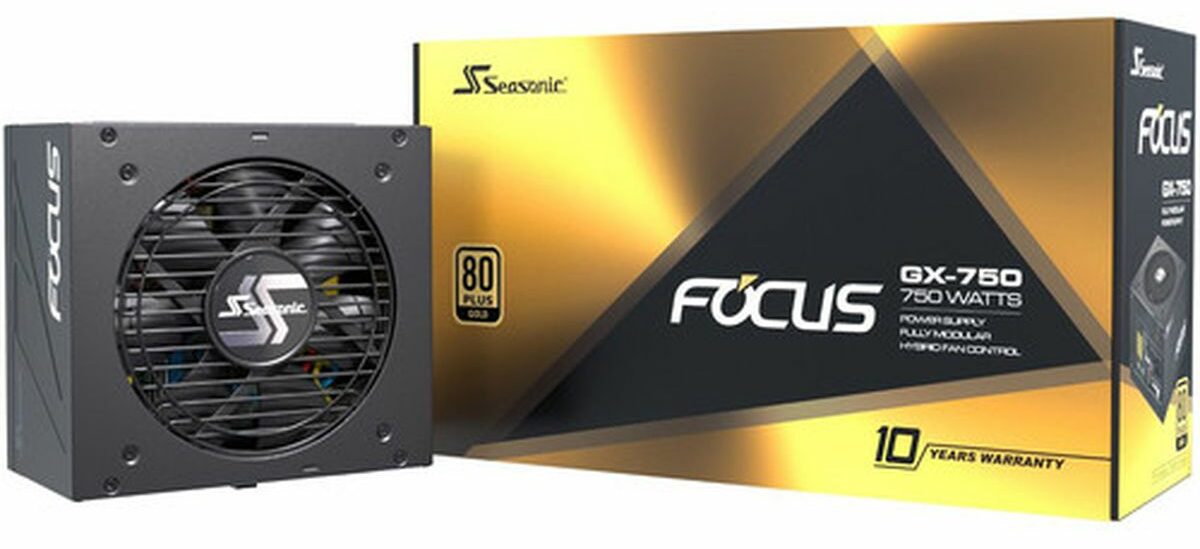

So along with unreliable 3rd tier brands, we have fakes of tier 1 caps. Exterior also gives away clues they are fake. They are capacitors and they work, but internally (when you cut them open) they are not Nichicon. Suffice it to say, a huge proportion of Nichicons sold across Asia are fakes. I won't repost it here, but have a search. I posted a very useful graphic last year on identifying fakes from real.

There is one little thing the counterfeiters didn't take into account and it's obvious to us techs. When it comes to audiophile approved capacitors, I can safely say all (except genuine old pulls from gear) Rubycon Black Gates being sold now are fake. Please stay connected with us for such helpful posts. If the article is helpful for you in any manner, then do share it on social media. We hope this article on the top 10 best tattoo power supply of 2020 helps you select the best power supply for yourself. In my opinion, the fake capacitors are one of the biggest contributors to the overall failures on cheap gear (not so much HiFi, but consumer electronics in general). Both are the highest-rated and most selling tattoo power supplies on Amazon. A huge number of electros are clearly coming from Chinese factories, particularly the flood of fakes. There's a lot of capacitors either coming out of a few factories and being labelled with multiple brands, or there's more capacitor factories coming on line all the time. For a recent preamplifier build, I used mostly United Chemicon parts.Īlthough tempted to replace aluminum electrolytic capacitors with polymer types, leakage current ratings of the latter are typically higher, and if I'm not sure that's going to be a problem, I'll just stick with the former. And all other specs being fairly equal, I can't imagine why I'd want to choose a part with lower rated MTBF.

I've used brands like Xicon with good results, but often the cost of the capacitors is pretty trivial compared to the labor I'm investing into the project, and there, I'll want to see some datasheets, paying some attention to the Mean Time Before Failure (MTBF) ratings. The old maroon Roederstein ("ERO") electrolytic capacitors as used in Bang & Olufsen and other European makes from the 1970s can also be a pain. There was a period in the early aughties when computers in particular were plagued with capacitor problems, and I saw some name-brand parts affected along with unfamiliar Chinese brands, in Dell and Apple products.


 0 kommentar(er)
0 kommentar(er)
